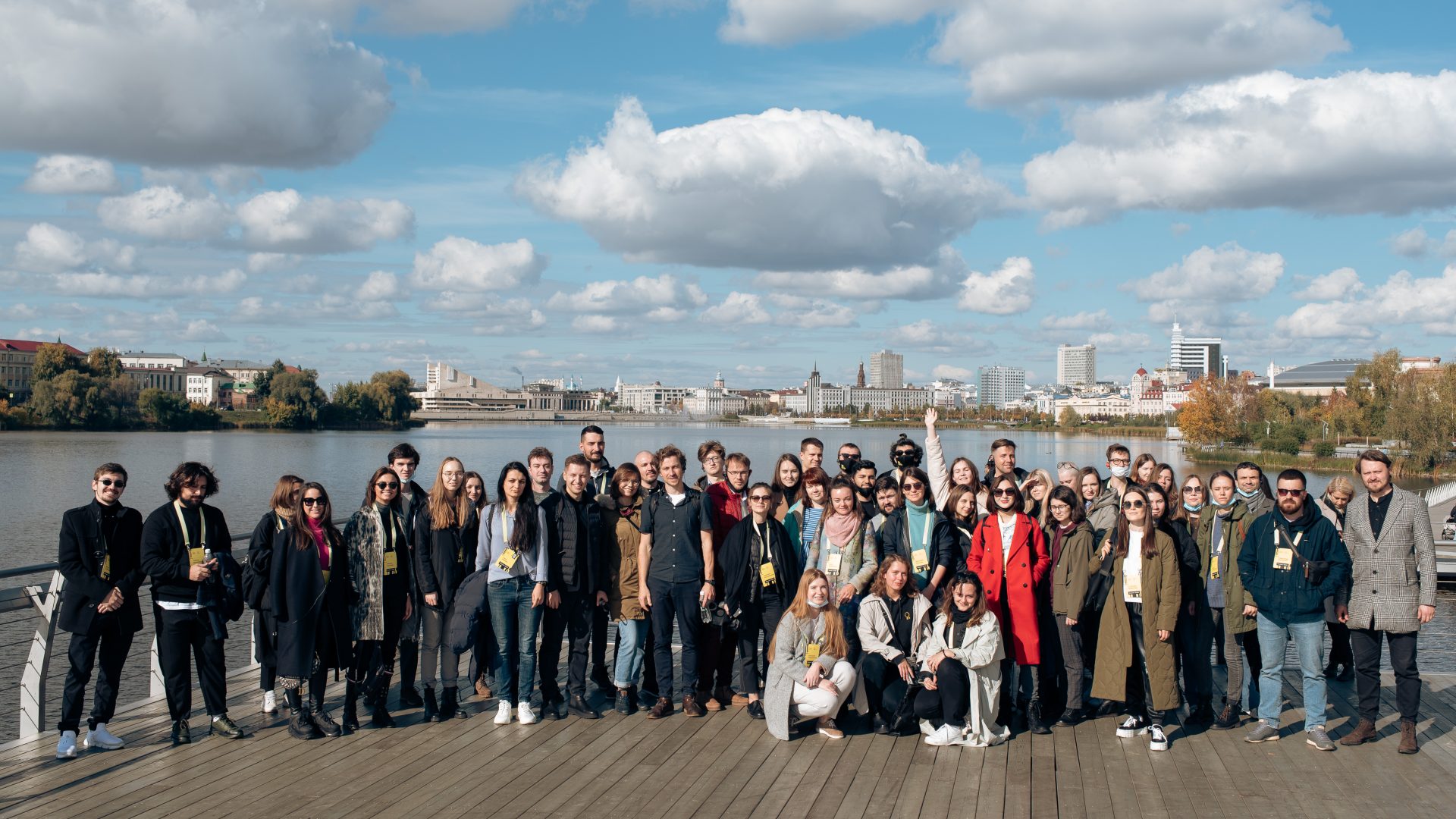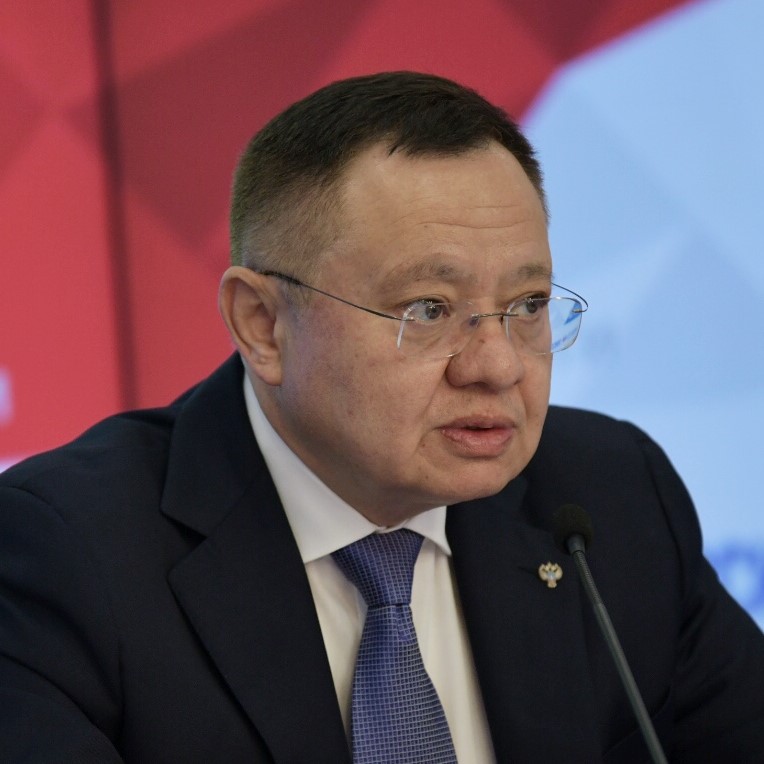
completed
The Nationwide Competition for the Development of the Social and Cultural Concept for the Development of the Territory of the Uspenskoe Estate Ensemble
Moscow Region
Search
121069, Moscow, Bolshaya Molchanovka, 21, office 14
Special project
June 21, 2021 — May, 2022
Kazan
The Third Russian Youth Architecture Biennale was established with the aim of creating a “golden reserve” of architects for the whole of Russia and providing the young generation with a real opportunity to be noticed and heard in the profession. The founders of the Biennale are the Government of the Republic of Tatarstan and the Ministry of Construction, Housing and Utilities of the Russian Federation, and the organizing committee is the “Institute for the Cities of the Republic of Tatarstan” Foundation.

Theme
developing a new philosophy of the workspace, including the architectural concept, design solutions and user scenarios of the new workplace, the need to rethink which arose during the pandemic in 2020.
Biennale hypotheses:


Irek Faizullin
Minister of Construction, Housing and Utilities of the Russian Federation
The urban development potential of the projects already existing in Russia covers over 200 million sq. m.
All this requires modern design solutions. The young people who participate in this project should understand that they are in demand for the implementation of projects throughout the whole country.
The main criteria of the projects
Idea
Project of living, working and public space that would give a modern person the opportunity to work in the most healthy environment, be effective and feel satisfaction from what you are doing.
At the meeting of the Jury, 30 competitive proposals of Finalists from different cities and regions were considered.
The winner (golden prize) was recognised as the Author’s team «Katarsis Ab» (St. Petersburg).
The office space of the future is treated as part of a diverse, interesting and vibrant urban environment. The new development on the site is organized in such a way that it creates a system of chamber intraquarter areas. On the side of Kamala Street, a small piazza with a fountain — the symbol of the quarter — is formed by two three-story houses, united by galleries, and a detached house along the southwestern border of the site.
Тhe second place (silver prize) was taken by the Author’s team – «.ket + Daria Gridina» (Moscow).
The authors are sure that the construction of one or even an ensemble of two, three or four buildings on an area of 0 .95 hectares will be an urban planning mistake. Indeed, in this way, valuable territory is taken away from a densely built-up area, which can become part of the streets, squares and public spaces open to citizens. Therefore, the entire site turns into a large urban garden with an abundance of greenery, and 20 small volumes with workspaces appear inside it.
The third place (bronze prize) was taken by the Author’s team – «SKNYPL + Vladislav Kapustin» (Moscow).
The image of the office and residential quarter of the future — an infinite number of intersecting functions that can simultaneously play different scenarios of life — was embodied by the authors of this project in the form of a ribbon. The Ribbon canvas is completely permeable from the first to the last floor, creating a unified and continuous urban public space for collaboration, education and recreation with daily free access for city residents.
Special mention of the Jury was awarded to Individual participant Victoria Khokhlova (Tyumen).
The existing building is being reconstructed: the first two floors remain commercial, while the upper ones are occupied by new tenants — small private companies. The building itself receives more light and air by opening the outer walls, organizing terraces for each mini-office and penetrating the inner space with additional interfloor connections.
Special mention of the Jury was awarded to Individual participant TOBE Architects (St. Petersburg).
The authors attempted to create an object of universal typology that would unite digital and physical, local and global, working and residential. The appearance of such hybrid formats is possible only in a space convenient for transformations. The planning structure of the territory is formed on the basis of a modular network, given by the existing buildings of the urban block.
The Special Prize of the Ministry of Construction, Housing and Utilities of the Russian Federation is awarded to the Author’s Team Statika (Moscow).
The concept of activity-based working (ABW), which has already become familiar, is being transformed into a new philosophy: Coincidence Based Working (CBW). 24 hours, 7 days a week, 365 days a year. To achieve this appeal and adaptability for residents and tenants, the authors chose the most simple and effective planning structure, which allows you to freely change the balance of functions over time.
The Special Prize of DOM.RF is awarded to the Author’s team Tiarch Studio (KGASU) (Kazan).
The modern office today is like a complex organism, including autonomous natural, artificial and digital systems. According to the complexity, density and variety of processes and connections, it is comparable to the human brain (in Tatar “mi”), the authors believe. Their center consists of six “creative landscapes”: “Mountain / Tau”, “Continent”, “Islands”, “Cloud”, “Pit”, “Innovation Alley” (inner street between the old and new building towards the market) and covered courtyard.
Webite
Partners

completed
Moscow Region

in progress
Izhevsk
Fill out the form on the website or write to us at welcome@centerlab.pro